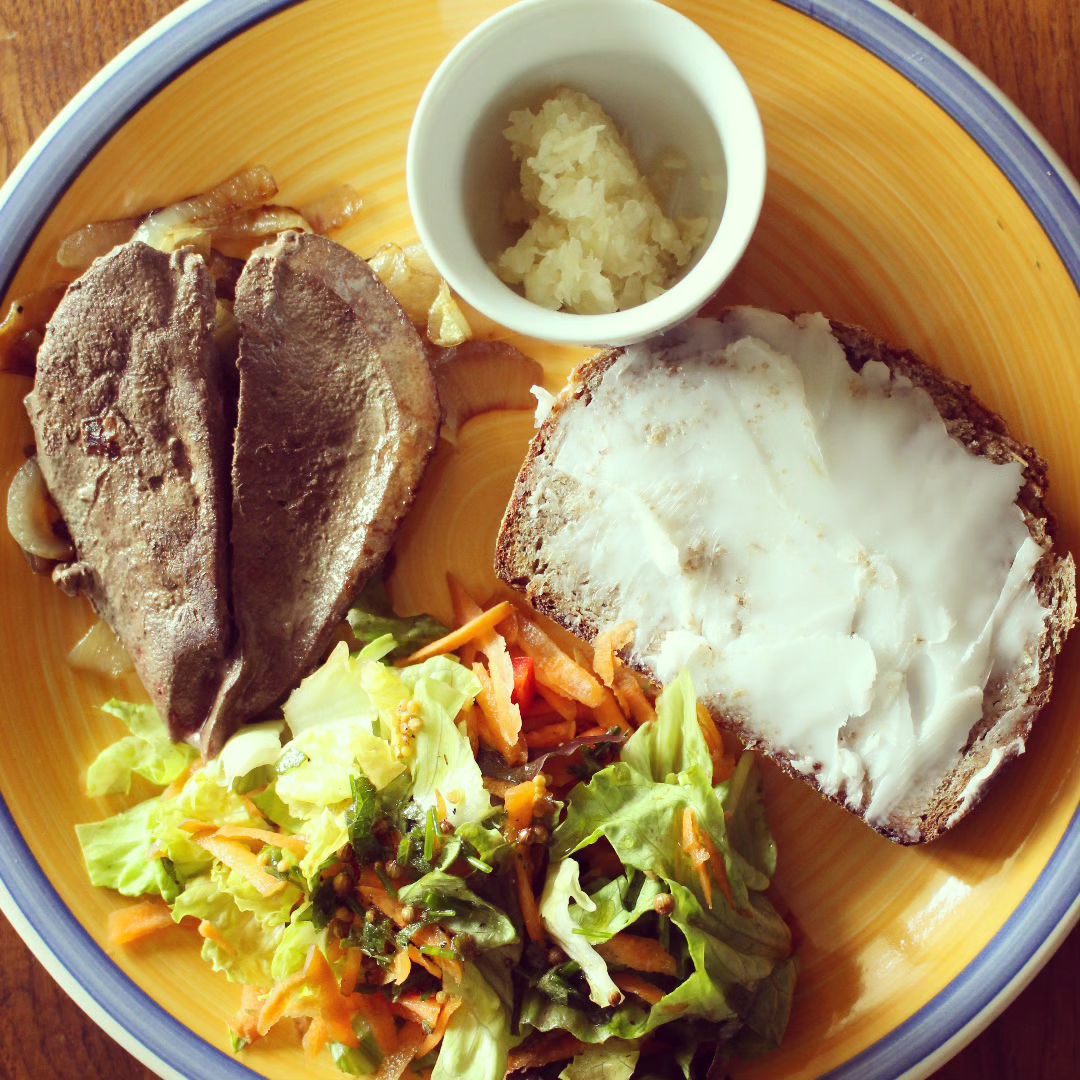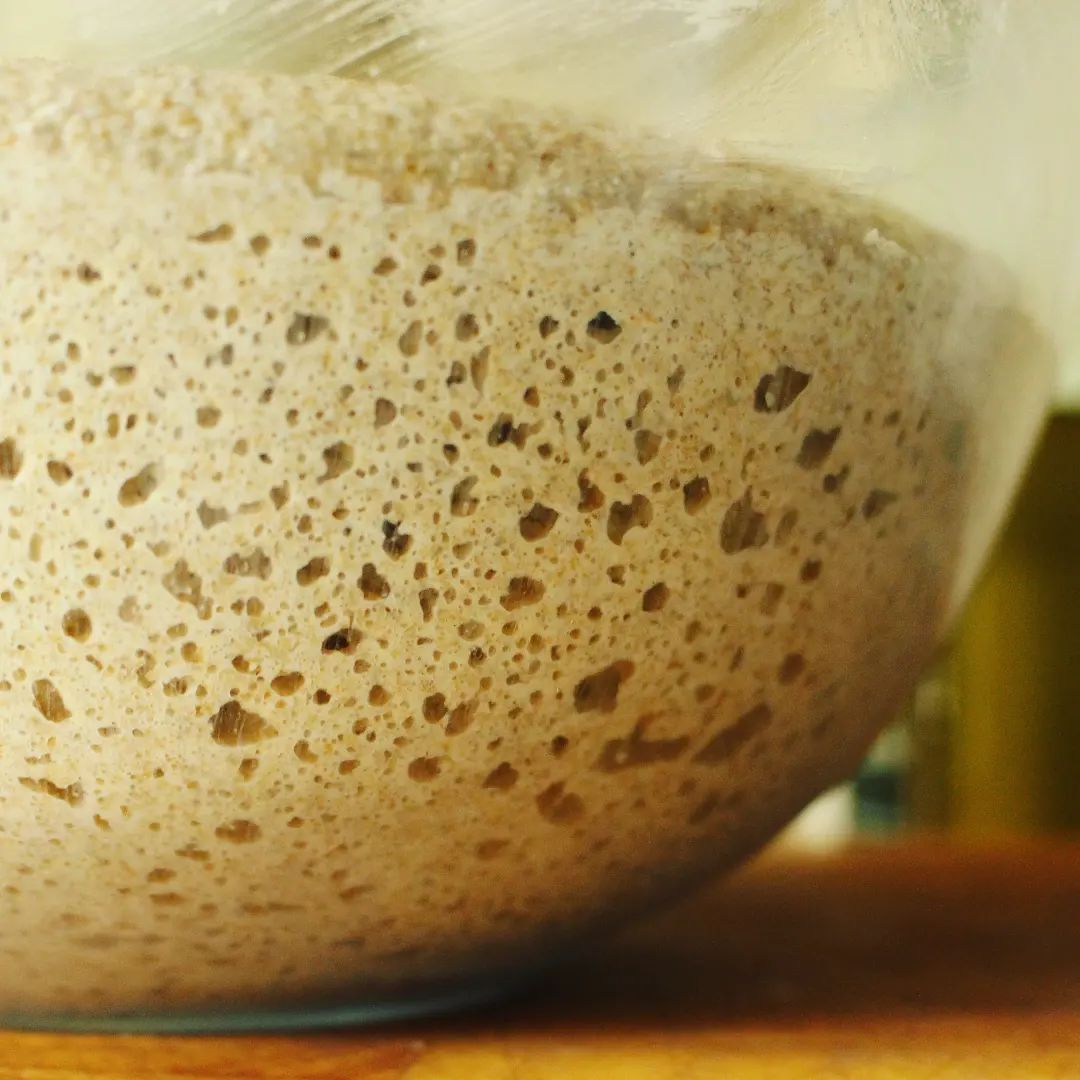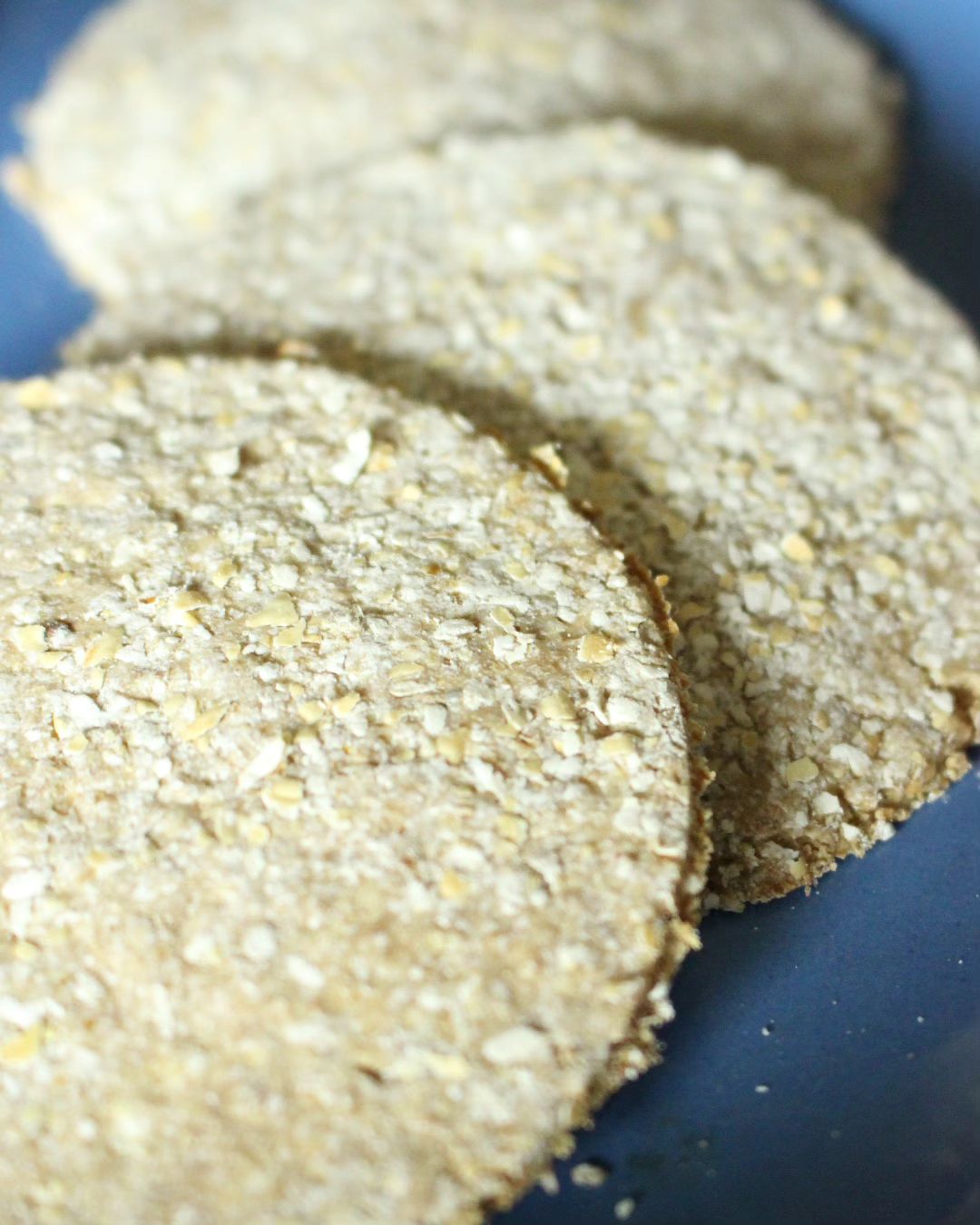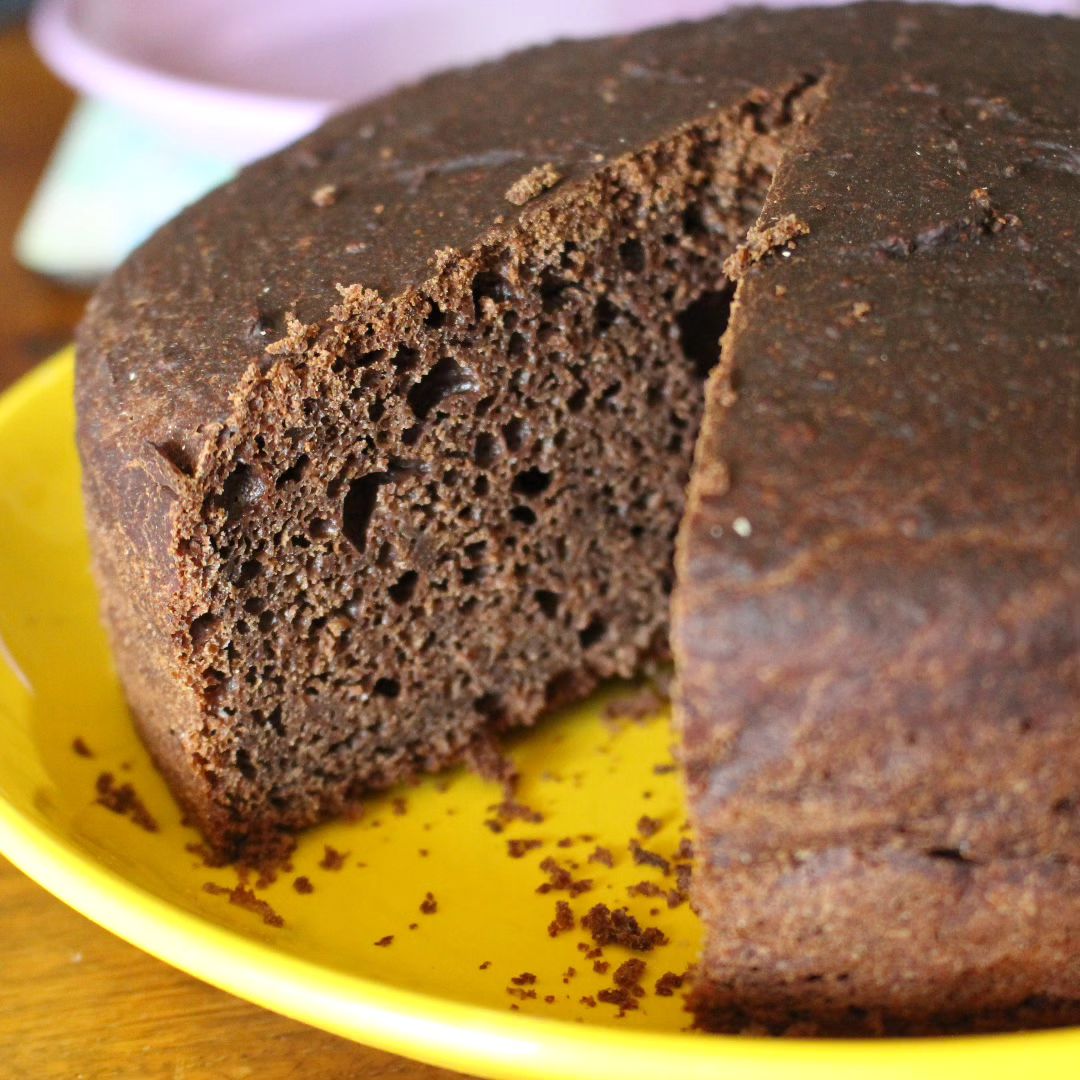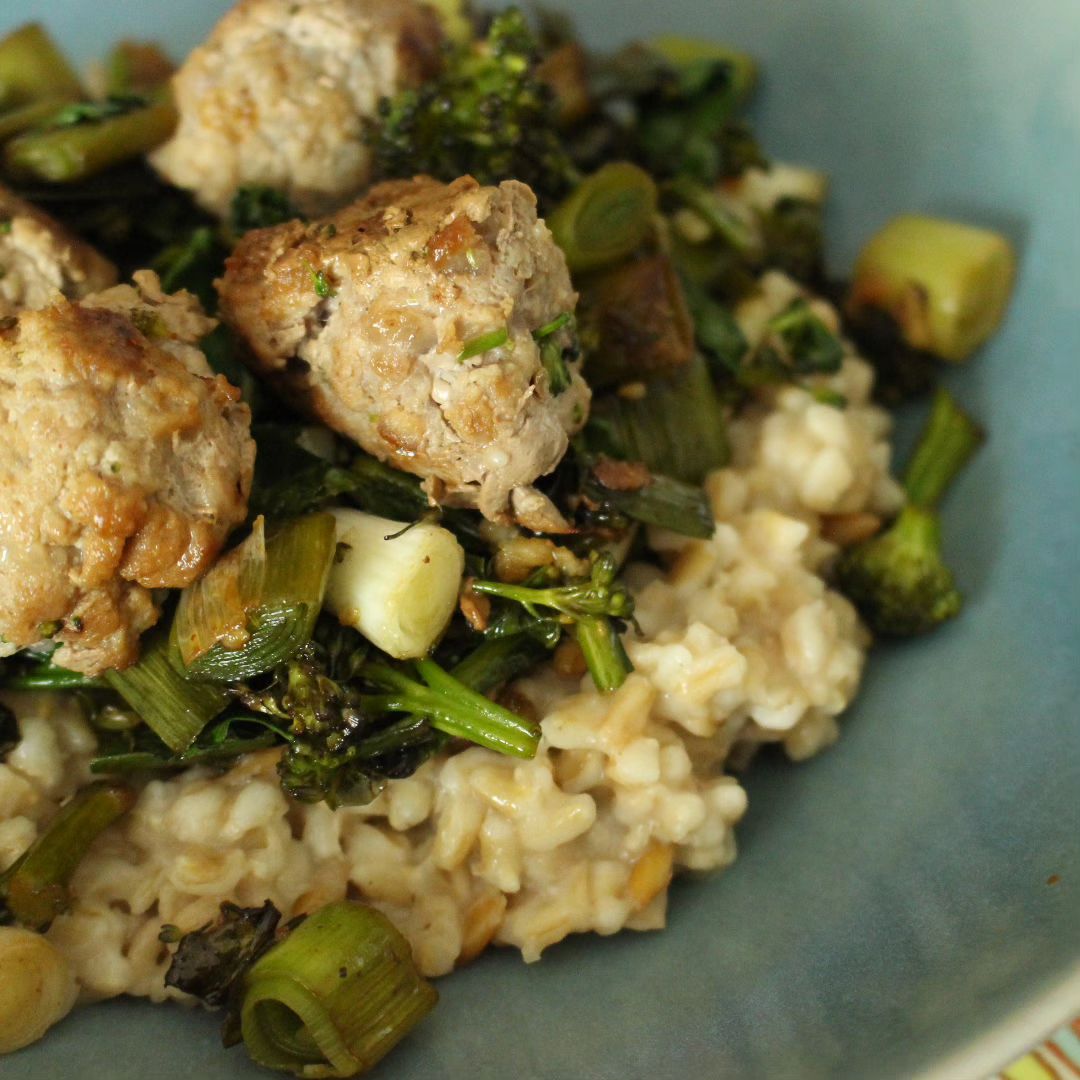Do you love liver like I love liver? . Or is liver a food you can’t stand? . I’ve rarely come across such a divisive food. I love it and I know lot of people who do. But I also hear from many @ancestralkitchenpodcast listeners who *really* want to love it, but just can’t. . If you want to love liver, but aren’t there yet, here are my suggestions: . 1/ Start with chicken liver, it’s the mildest 2/ Make pate (@almostbananas has an amazing beef liver pate recipe that doesn’t taste like beef liver!) 3/ Combine it with muscle meat (I make a burger that is 3:1 ground beef to pork liver – you can also add it (and other offal) to meatloaf and lasagna) 4/ Learn different ways of cooking it (Janine at @offallygoodcooking has a veritable encyclopedia of offal recipes on her website) . And if all fails, or whilst you’re weaning yourself on (because you want to be weaning yourself on – liver is the most nutrient-dense meat there is) you can opt for liver capsules. @one_earth_health, current sponsors of the podcast, have a 5% discount for listeners – check the show notes of our recent episodes. . And, before I go, if you’re a liver-lover, how about a raw liver tonic?! @offallygoodcooking makes one and talked about it in the recent two-parter interview she did with @fornutrientssake and @nourishthelittles of @modernancestralmamas. The episodes, a deep dive into all things offal, were so informative – go listen! @farmandhearth and I are hoping we can get Janine to you on Ancestral Kitchen Podcast soon :-) . p.s. On the plate: Pig liver from @valledelsasso, home-made spelt sourdough (book coming soon!) spread with home-rendered lard, local salad and, in the espresso cup, 24g of sauerkraut (yes, I measure my sauerkraut…that’s for another post!)
Do you love liver like I love liver?
.
Or is liver a food you can’t stand?
.
I’ve rarely come across such a divisive food. I love it and I know lot of people who do. But I also hear from many @ancestralkitchenpodcast listeners who *really* want to love it, but just can’t.
.
If you want to love liver, but aren’t there yet, here are my suggestions:
.
1/ Start with chicken liver, it’s the mildest
2/ Make pate (@almostbananas has an amazing beef liver pate recipe that doesn’t taste like beef liver!)
3/ Combine it with muscle meat (I make a burger that is 3:1 ground beef to pork liver – you can also add it (and other offal) to meatloaf and lasagna)
4/ Learn different ways of cooking it (Janine at @offallygoodcooking has a veritable encyclopedia of offal recipes on her website)
.
And if all fails, or whilst you’re weaning yourself on (because you want to be weaning yourself on – liver is the most nutrient-dense meat there is) you can opt for liver capsules. @one_earth_health, current sponsors of the podcast, have a 5% discount for listeners – check the show notes of our recent episodes.
.
And, before I go, if you’re a liver-lover, how about a raw liver tonic?! @offallygoodcooking makes one and talked about it in the recent two-parter interview she did with @fornutrientssake and @nourishthelittles of @modernancestralmamas. The episodes, a deep dive into all things offal, were so informative – go listen! @farmandhearth and I are hoping we can get Janine to you on Ancestral Kitchen Podcast soon 🙂
.
p.s. On the plate: Pig liver from @valledelsasso, home-made spelt sourdough (book coming soon!) spread with home-rendered lard, local salad and, in the espresso cup, 24g of sauerkraut (yes, I measure my sauerkraut…that’s for another post!)


